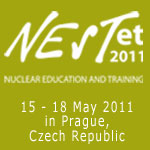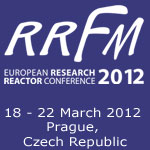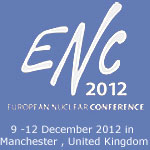
Nukleon
The Hungarian Nuclear Society’s electronic journal
Preserving knowledge about the safe applications of nuclear energy, passing it on and increasing it is a great challenge. The publication in Hungarian of the latest results relating to both education and research and development is very important. Therefore, the Hungarian Nuclear Society decided to start up an online journal, which appears regularly in Hungarian. The journal, called NUKLEON, was first published in 2008.
NUKLEON features articles from a variety of fields, including reactor physics, thermo hydraulics, fusion technology, operational and safety regulations, radio-chemistry, radioprotection, radioactive waste treatment and education. In the journal you can regularly read young students’ reports, as well as articles written by a more experienced generation of scientists. The Hungarian Nuclear Society has always paid great attention to public education in Hungary, primarily in physics. It has monitored the status of education in this domain because this is fundamental to providing a supply of future nuclear physicists. As a result, articles and reports presenting developments in this field are regularly published. Particle physics research in Hungary is increasingly producing significant results and, therefore, the subject is regularly featured in the journal as well. To increase the standard of the articles, they are reviewed by experts before being released.
Nukleon is an electronic publication, thereby reducing the economic footprint, making archiving easier and reducing production costs. To reach the target readers, which include our members and the scientific and technical public in Hungary, the articles are made available to everybody for free, on the web. So far, we have published 13 editions of NUKLEON, featuring a total of 78 articles.
In our latest edition articles on the following subjects have been published:
The examination of fuel cells from the nuclear reactor block 4 at Paks NPP, Hungary
-
The temporary storage of radioactive waste at Paks NPP
-
The development of new decontamination techniques at nuclear power plants
-
New theoretical methods of handling the PSA uncertainty resulting from earthquakes
-
Modern physics courses at Klára Leőwey Secondary School, in Pécs, Hungary
-
A Korean nuclear power plant on the shores of the Arabian Gulf
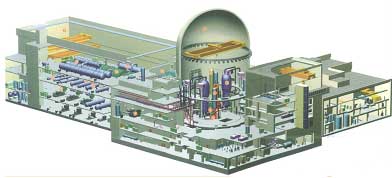
-
Retrospective dosimetry, a new forensic analytical method
-
Good household materials for retrospective dosimetry: floor tiles, bricks, porcelain, roof tiles etc.
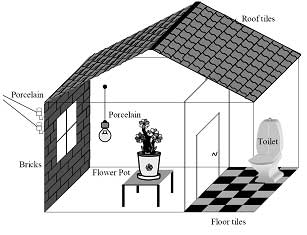
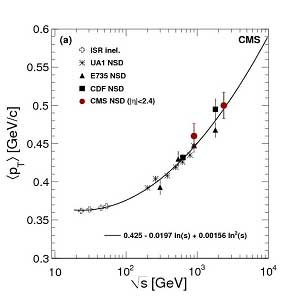
-
-
Simulation of strength testing carried out on reactor fuel casing
-
The effect of randomly placed softer elements on the expansion (a) and on the effect of just softening up the end of the tube (b) (table below)
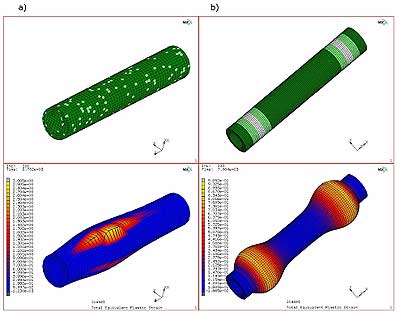
|

